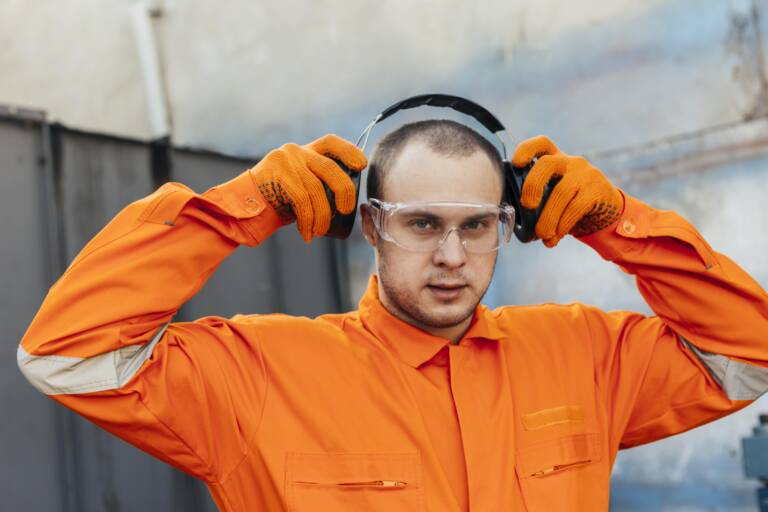Employees should wear a noise dosimeter when there is a potential risk of exposure to high levels of noise in the workplace. Noise dosimeters are used to measure and monitor the amount of noise a person is exposed to over a given period of time.
Here are a few situations where it may be necessary for employees to wear a noise dosimeter:
- Occupational noise exposure assessment: If the workplace is known or suspected to have high noise levels, a noise assessment should be conducted to determine the noise levels to which employees are exposed. In such cases, employees who are likely to be exposed to excessive noise levels should wear noise dosimeters to measure their personal exposure
- Compliance with noise regulations: In many countries, there are specific occupational noise exposure limits and regulations that employers must comply with to protect their employee’s hearing health. To ensure compliance, employees working in areas where noise levels exceed the permissible limits should wear noise dosimeters.
- Monitoring individual exposure: Some jobs or tasks may involve intermittent or variable noise levels. In these cases, it can be useful to have employees wear noise dosimeters to monitor their individual exposure throughout the work shift or specific tasks. This helps identify periods of high noise exposure and determine the appropriate measures to reduce or control it.
Specific requirements for wearing noise dosimeters can vary depending on local regulations, industry standards, and the specific needs of the workplace. It’s important for employers to consult applicable guidelines and regulations to determine when and how noise dosimeters should be used to protect their employees’ hearing health.
Noise Limits in the UK
In the UK, noise exposure regulations are established by the Noise at Work Regulations of 1989, which are based on the “Control of noise levels at work hazardous to health” document of 1972. Below 85 dBA, employers are required to reduce all noise levels as far as reasonably practicable. Between 85 and 90 dBA, effective hearing protectors must be offered, and personnel must be trained to use them and look after them. Above 90 dBA, areas, where noise levels exceed 90 dBA, must be marked out, and hearing protectors must be provided and used. Noise levels must be reduced by engineering methods, and peak exceedance must be treated the same as noise levels exceeding 90 dBA. The “official” working day is taken to be exactly 8 hours, making it easier to compare across different industries and fitting in with other limits for hazardous substances in the workplace, such as gas, dust, and nuclear radiation.






